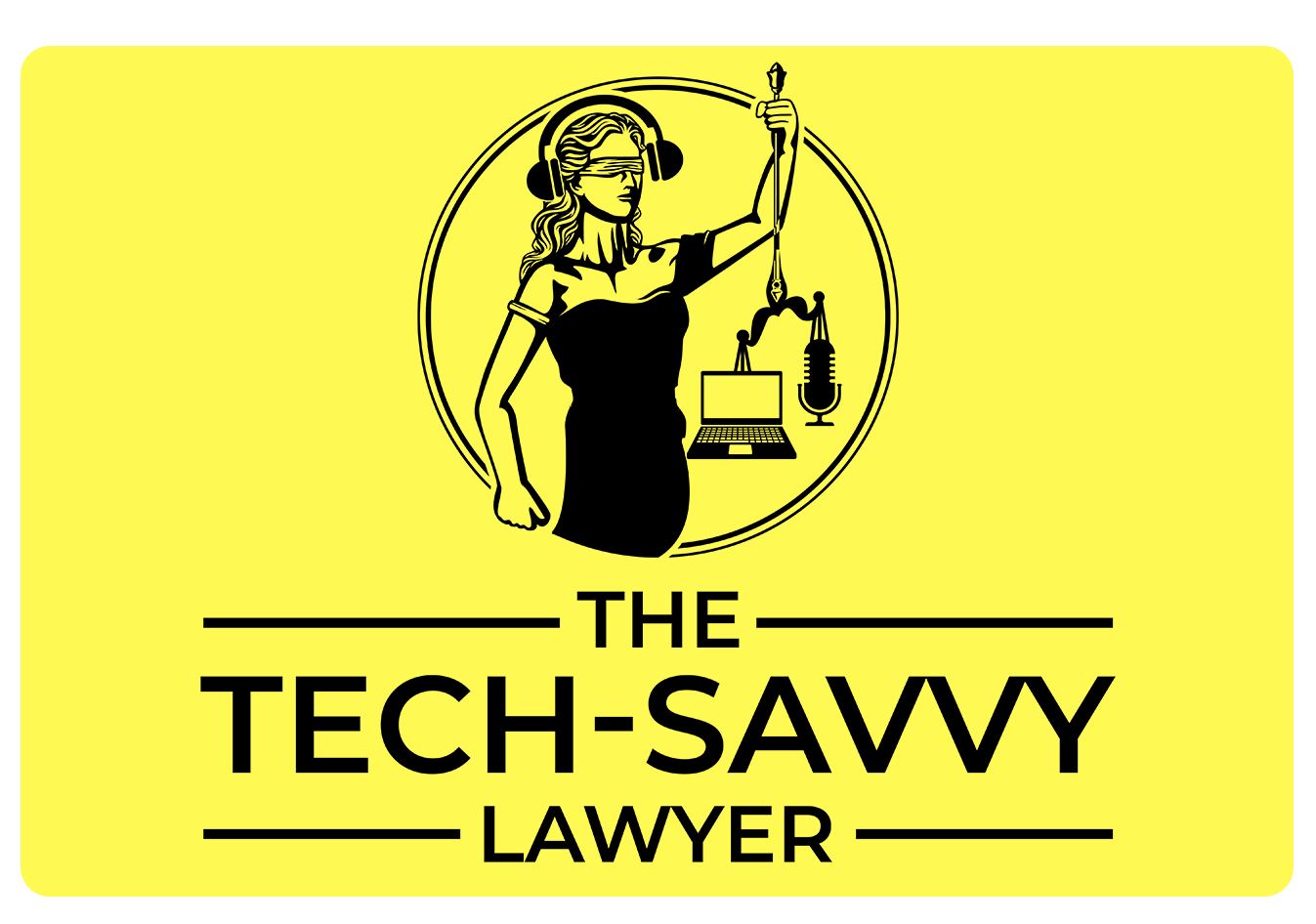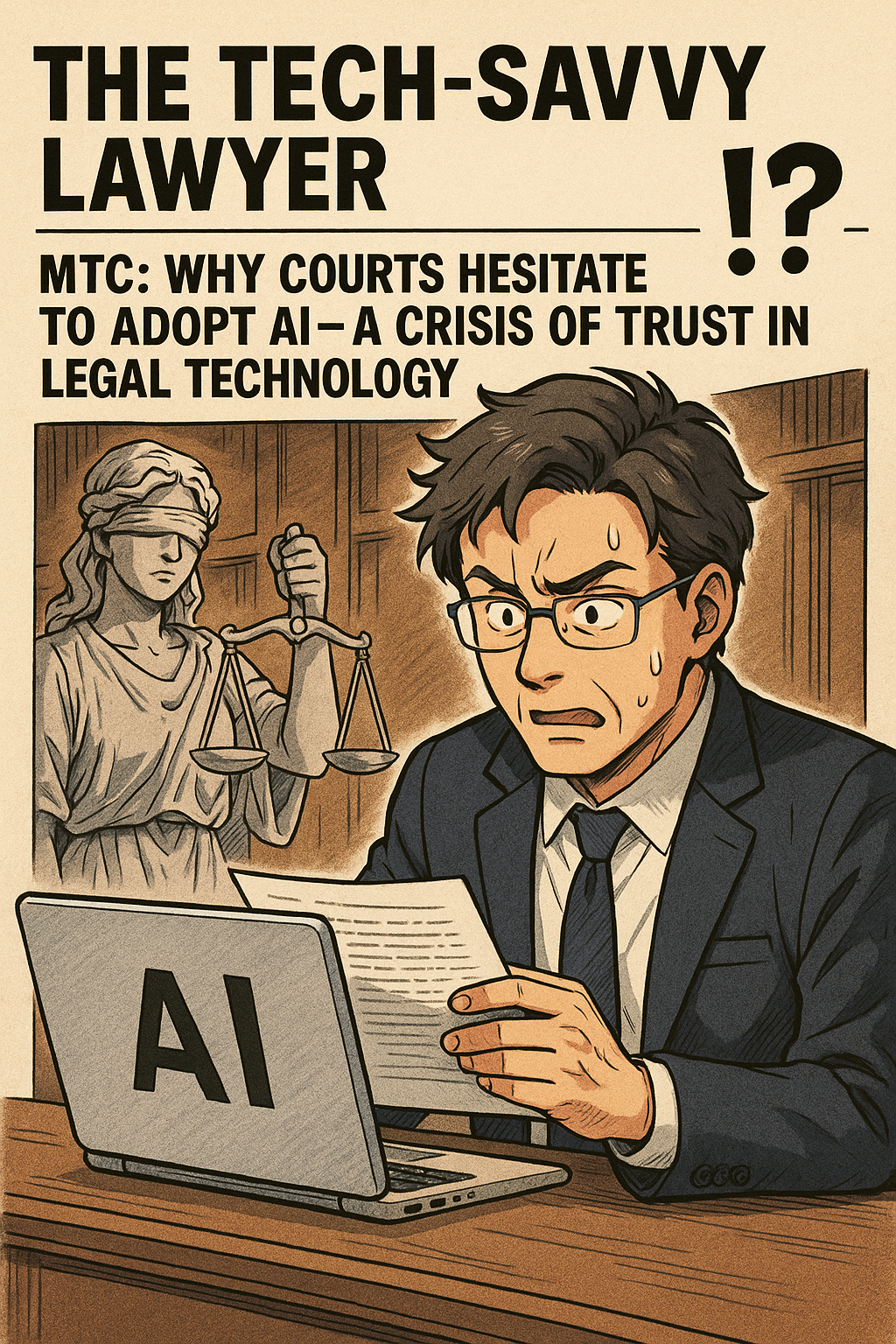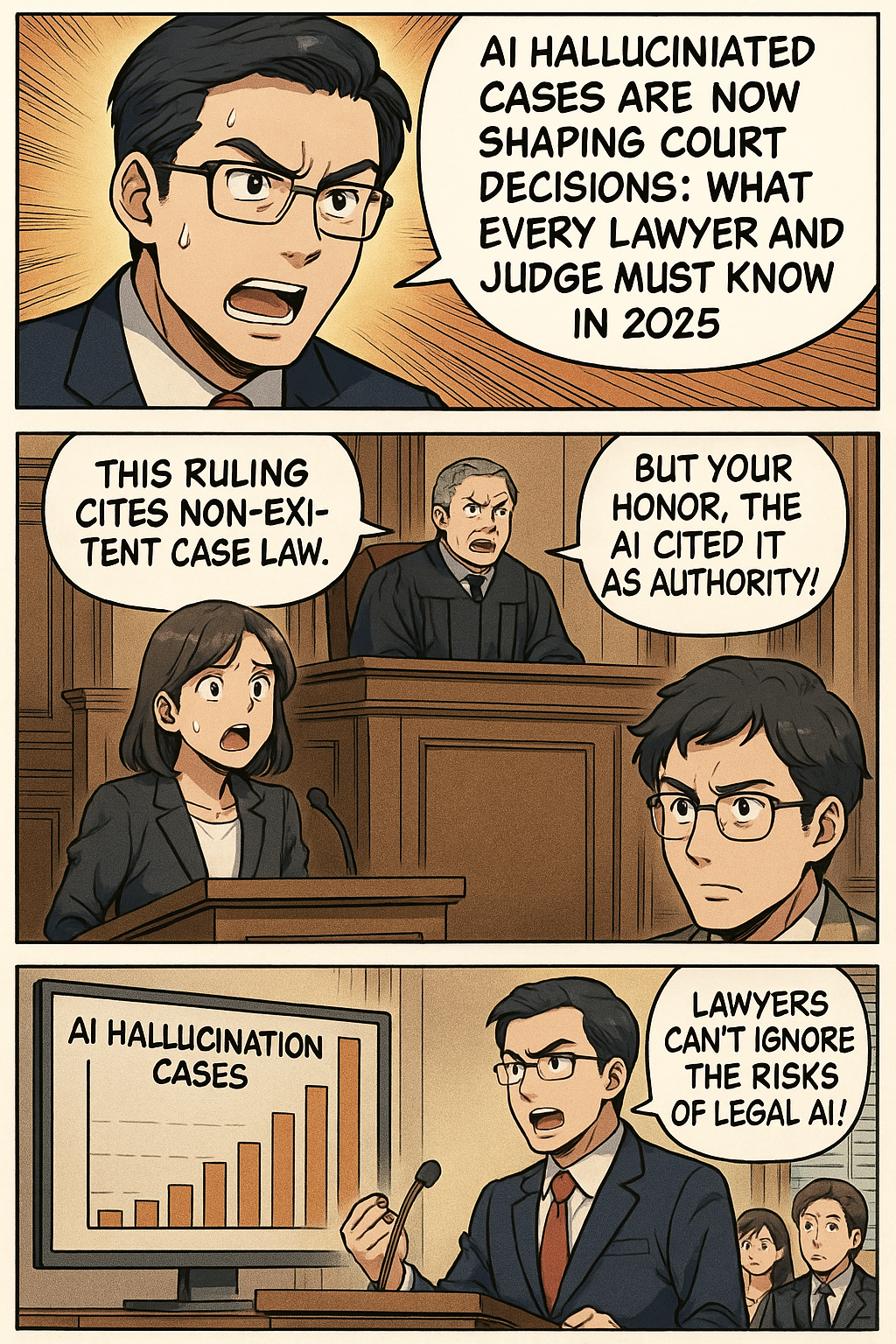MTC: Is Puerto Rico’s Professional Responsibility Rule 1.19 Really Necessary? A Technology Competence Perspective.
/Is PR’s Rule 1.19 necessary?
The legal profession stands at a crossroads regarding technological competence requirements. With forty states already adopting Comment 8 to Model Rule 1.1, which mandates lawyers "keep abreast of changes in the law and its practice, including the benefits and risks associated with relevant technology," the question emerges: do we need additional rules like PR Rule 1.19?
Comment 8 to Rule 1.1 establishes clear parameters for technological competence. This amendment, adopted by the ABA in 2012, expanded the traditional duty of competence beyond legal knowledge to encompass technological proficiency. The Rule requires lawyers to understand the "benefits and risks associated with relevant technology" in their practice areas.
The existing framework appears comprehensive. Comment 8 already addresses core technological competencies, including e-discovery, cybersecurity, and client communication systems. Under Rule 1.1 (Comment 5), legal professionals must evaluate whether their technological skills meet "the standards of competent practitioners" without requiring additional regulatory layers.
However, implementation challenges persist. Many attorneys struggle with the vague standard of "relevant technology". The rule's elasticity means that competence requirements continuously evolve in response to technological advancements. Some jurisdictions, like Puerto Rico (see PR’s Supreme Court’s Order ER-2025-02 approving adoption of its full set of Rules of Professional Conduct, have created dedicated technology competence rules (Rule 1.19) to provide clearer guidance.
The verdict: redundancy without added value. Rather than creating overlapping rules, the legal profession should focus on robust implementation of existing Comment 8 requirements. Enhanced continuing legal education mandates, clearer interpretive guidance, and practical competency frameworks would better serve practitioners than additional regulatory complexity.
Technology competence is essential, but regulatory efficiency should guide our approach. 🚀








































